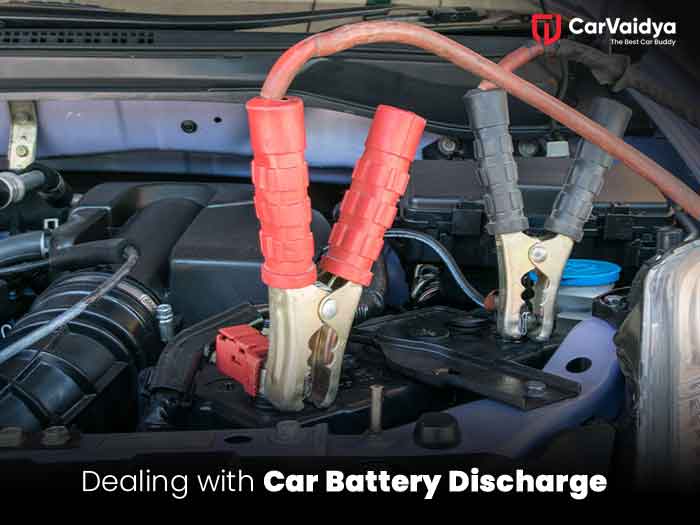Every traveler has, at some point, faced the inconvenience of a car battery discharge during a journey. This unexpected situation can be stressful and may disrupt your plans. In this article, we will delve into the reasons behind car battery discharge, preventive measures, and practical solutions to get your journey back on track.
Understanding the Causes of Car Battery Discharge
Age and Wear
One of the primary reasons for a car battery discharge is its age. Over time, batteries lose their ability to hold a charge efficiently. Regular wear and tear contribute to this process, necessitating periodic battery replacement.
Electrical System Issues
Faults in the vehicle's electrical system, such as a malfunctioning alternator or voltage regulator, can lead to a drained battery. It's crucial to address these issues promptly to prevent recurring problems.
Parasitic Drains
Parasitic drains occur when certain electrical components continue to draw power from the battery even when the vehicle is turned off. Common culprits include interior lights, faulty switches, or aftermarket accessories. Identifying and fixing these drains is essential for preventing battery discharge.
Preventive Measures
Regular Maintenance
Adopting a proactive approach to car maintenance is key to preventing battery issues. Schedule regular check-ups with a qualified mechanic to assess the battery's health and address any potential concerns.
Limiting Parasitic Drains
Be mindful of leaving electronic devices or accessories plugged in when the car is not running. Additionally, invest in quality aftermarket accessories that do not excessively drain the battery.
Proper Storage
If your vehicle will be parked for an extended period, consider disconnecting the battery or using a trickle charger to maintain its charge. This precaution is especially crucial in cold climates, where batteries can discharge more rapidly.
Dealing with a Discharged Car Battery on the Road
Safety First
If you discover your car battery has discharged during a journey, prioritize safety. Park in a well-lit and visible area, turn on hazard lights, and use warning triangles if available.
Jump-Starting the Vehicle
Jump-starting is a common and effective method to revive a discharged battery. Ensure you have jumper cables and a functional vehicle to assist. Follow proper procedures to avoid damage and ensure safety.
Carry Portable Jump Starters
Investing in a portable jump starter is a wise decision for travelers. These compact devices can provide the necessary power to start your car without relying on another vehicle.
Professional Assistance
If jump-starting doesn't work or if you're unsure about the cause of the discharge, seek professional assistance. A roadside assistance service or a local mechanic can diagnose and address the issue more comprehensively.
Post-Discharge Assessment and Maintenance
Diagnostic Testing
After jump-starting the vehicle, it's crucial to conduct diagnostic testing to identify the root cause of the battery discharge. This may involve testing the alternator, checking for parasitic drains, and examining the overall electrical system.
Battery Replacement
If the battery is old or damaged beyond repair, consider replacing it promptly. Choosing a high-quality battery with the appropriate specifications for your vehicle is essential for long-term reliability.
Educating Yourself
Take the opportunity to learn more about your vehicle's electrical system and maintenance practices. Understanding the basics empowers you to make informed decisions and prevent future battery-related issues.
Experiencing a car battery discharge during a journey is undoubtedly inconvenient, but with the right knowledge and preparedness, you can overcome the challenge smoothly. By adopting preventive measures, knowing how to jump-start your vehicle, and seeking professional assistance when needed, you can ensure a safer and more enjoyable travel experience. Remember, proactive maintenance is the key to avoiding unexpected disruptions on the road.
You Can Read Some Other Articles
Understanding and addressing issues with spark plugs in a car
Benefits and drawbacks of using car heaters during winter
How Roadside Assistance Cars Save Your Time and Money

